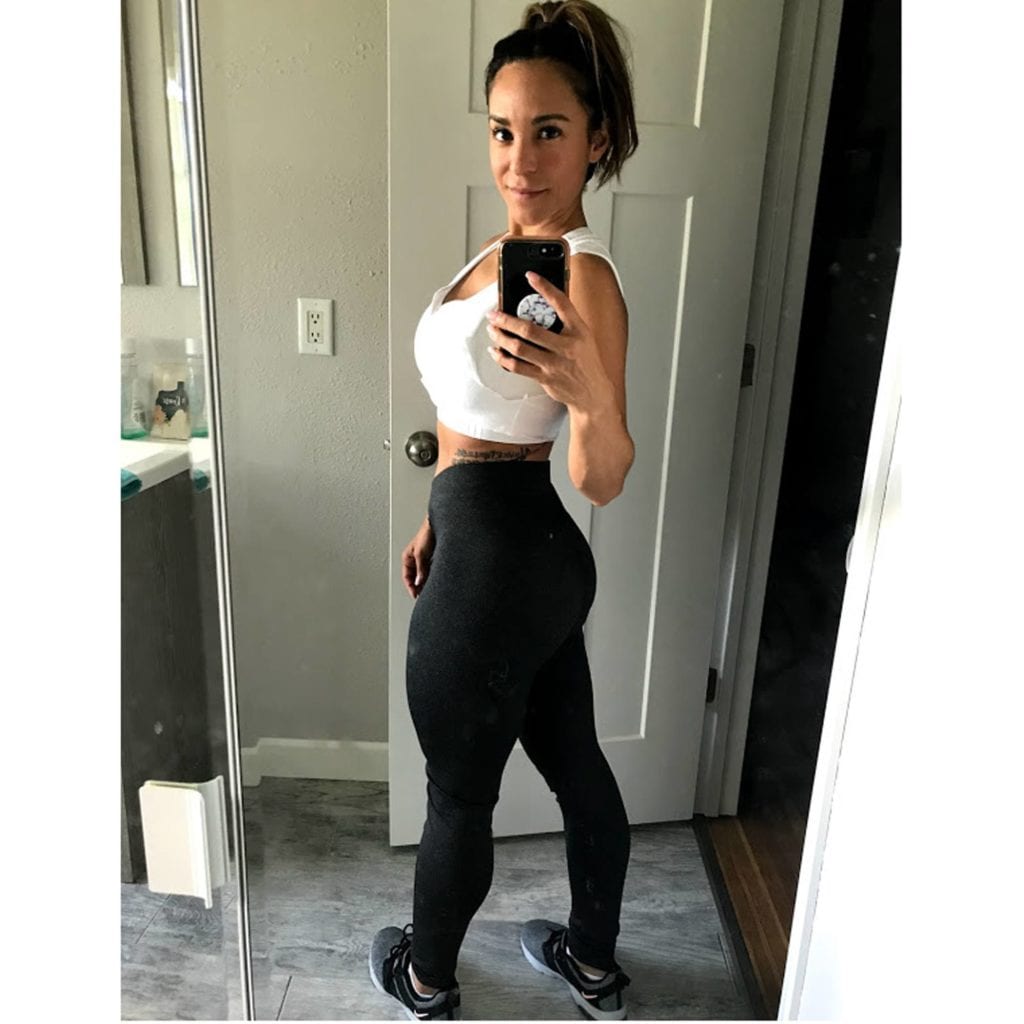Glutes by Onica Sinclair

So, what’s the deal with glutes? Glutes are a vital muscle group in your body that helps you function on many different levels. They support you while you’re doing all sorts of sports and fitness activities as well as everyday things you may not even think about. Women, ever squat down to pick up a piece of dirty laundry your kids or husband threw on the floor? It’s your glutes that help you get back up. Men, ever opt to take the stairs instead of the elevator? It’s your glutes that help propel you forward on uneven surfaces. It would take a shorter amount of time to compile a list of activities that don’t fire your glute muscles than those that do. We use them more than we think.
Let’s first talk about what makes up our glutes. Glutes are a team of muscles with your gluteus maximus somewhat acting as the M.V.P. The three muscles that make up our glutes are the gluteus minimus, gluteus medius, and gluteus maximus. The order of placement of these muscles starts with your gluteus medius up top, gluteus maximus in the center, and the gluteus minimus on the bottom. The gluteus medius takes care of abduction—the rotation of the hip—as well as stabilizing the hip and pelvis during weight-bearing activities. When this muscle is weak, it can lead to problems with hips, knees, and lower back pain. The gluteus maximus is the center of our butt. It’s what gives it its shape. As mentioned earlier, it is the largest of the three and sometimes called the glute powerhouse. Our gluteus maximus fires anytime we are going uphill, running, or simply trying to maintain our balance. Finally, the gluteus minimus, based on the name, is the smallest of the three, but it’s not to be overlooked or unimportant. Our hip is a ball-and-socket joint, and our gluteus minimus is basically what keeps the ball in the socket when we move.
Weak glute muscles can lead to many problems, not only in the gym, but in everyday life. As mentioned, weak glutes can cause hip, knee, and back pain. Weak glute muscles also throw off balance and result in poor posture. It fatigues other muscles that need to compensate for the weakness. Problems with your feet? Weak glutes can also lead to an improper gait, which can cause blisters on your feet as well as more serious conditions, such as plantar fasciitis. They can also result in not being able to stand on one leg, groin and hamstring pulls, and decreased mobility.
Good news though! There are ways to strengthen those glutes, and many movements can be done at home. If you’re into yoga, some of the best moves are Warrior III, Bridge pose, Locust pose (Superman), and Chair pose. If you prefer to lift or use machines at the gym, some of the best things you can do are squats, deadlifts (barbell or dumbbell), single leg RDLs, lunges, barbell hip thrusts, monster walks, and banded lateral walks. There are also many machines that specifically target hip and glute muscles, such as the abductor machine, lying leg curl, leg press, and cardio equipment like the elliptical, stair climber, and treadmill when positioned on an incline. Some that you can do at home or at the gym are clamshells, side-lying hip abduction, single-leg wall leans, donkey kicks, and hip hinges.
All in all, your glutes are an essential part of not only being successful in the gym, but in overall health and lack of injury in general. Strong is the new stick-skinny, so why not show off your muscles by having gorgeous full, round glutes? Get in Sir Mix A Lot’s lyrics and make it round and out there, because after all, no one writes songs about small butts! As the saying goes, “Keep your head high, your glutes tight, and your coffee strong!”
#performanceinspired #inspiredtobebetter #glutes #healthybody #health #healthgoals #fitness #fitnessmotivation #fitnessnutrition #squats #workout #exercise #deadlifts #barbell #dumbbell #lunge #treadmill #muscle


